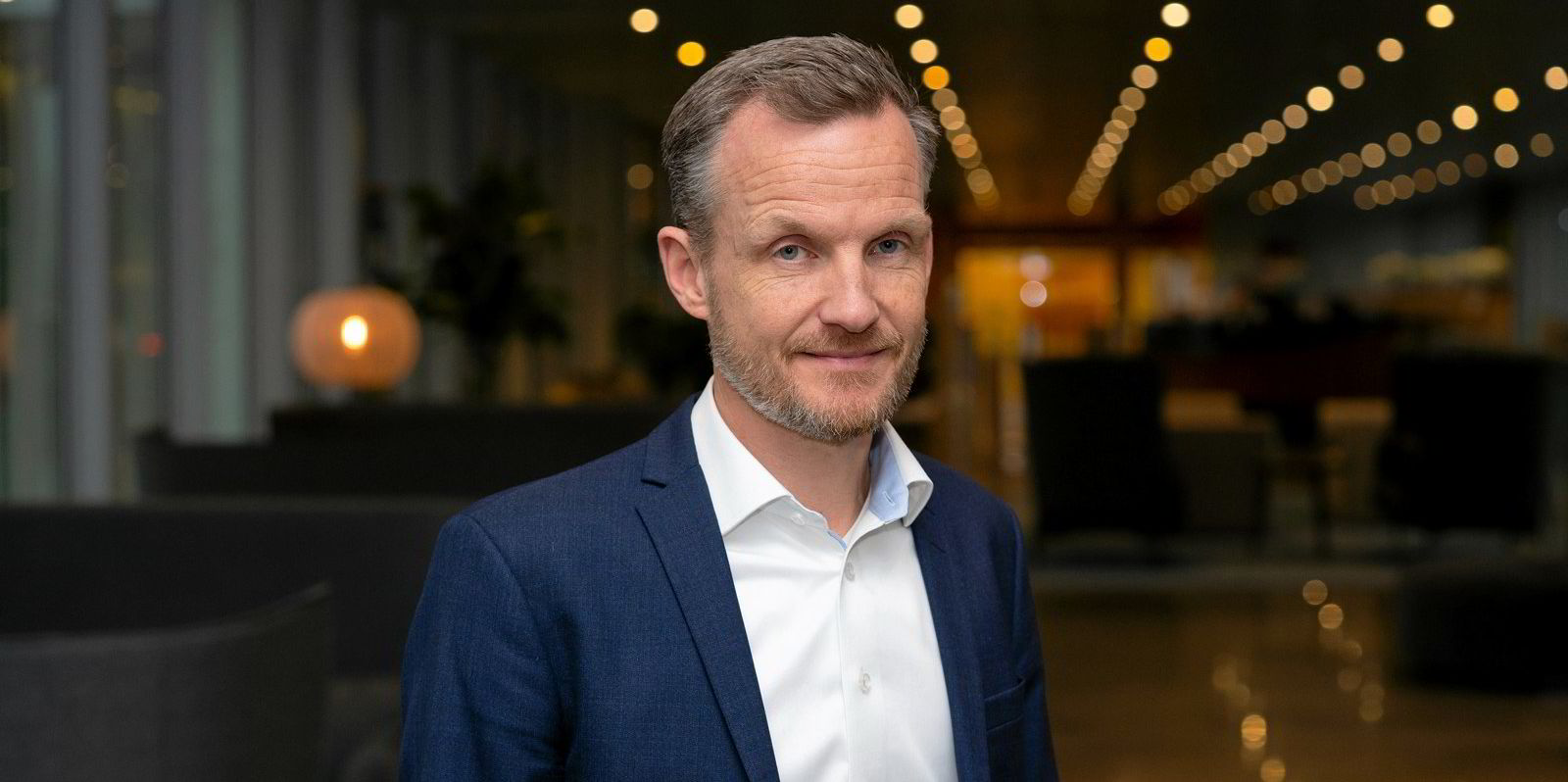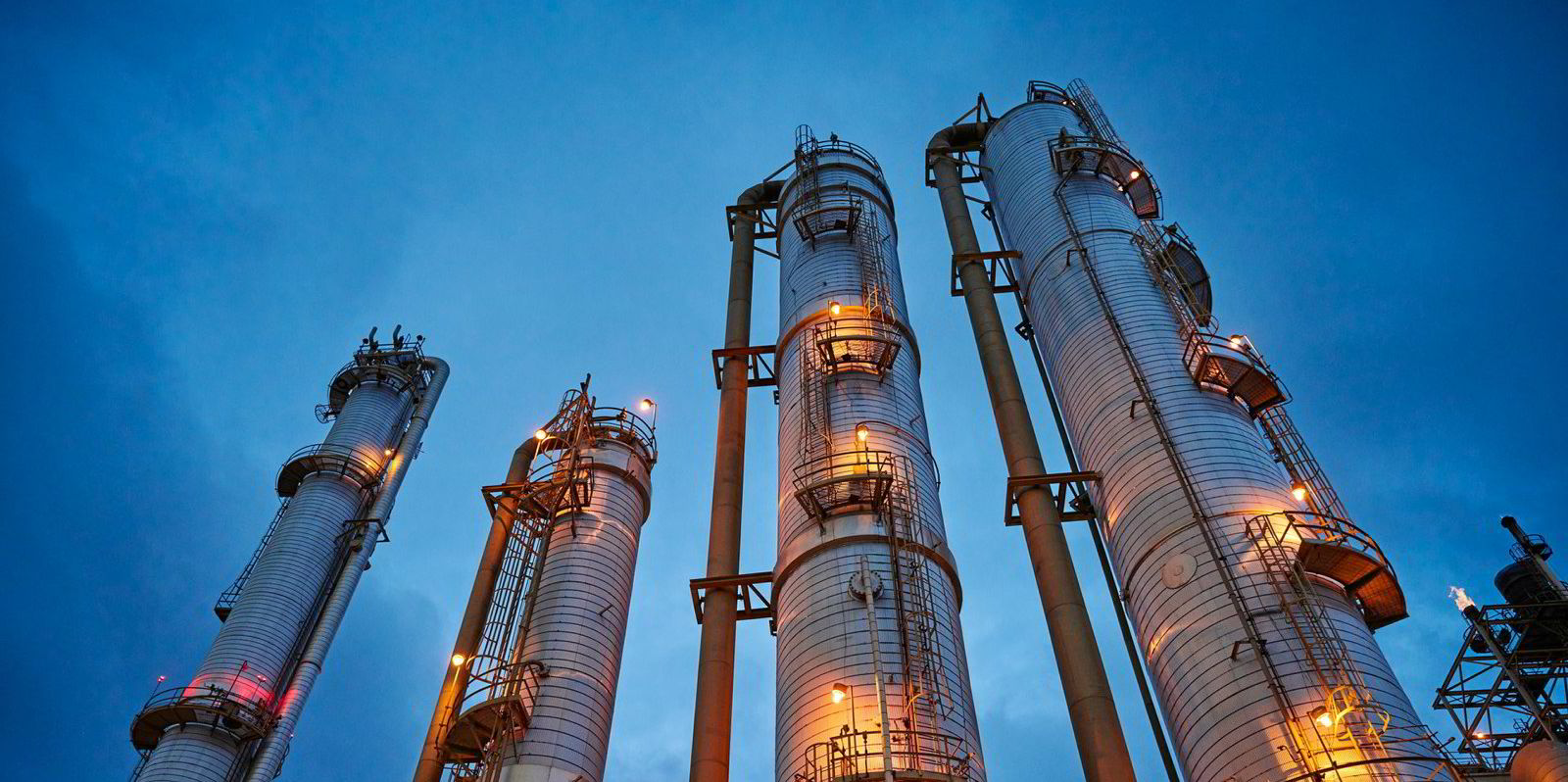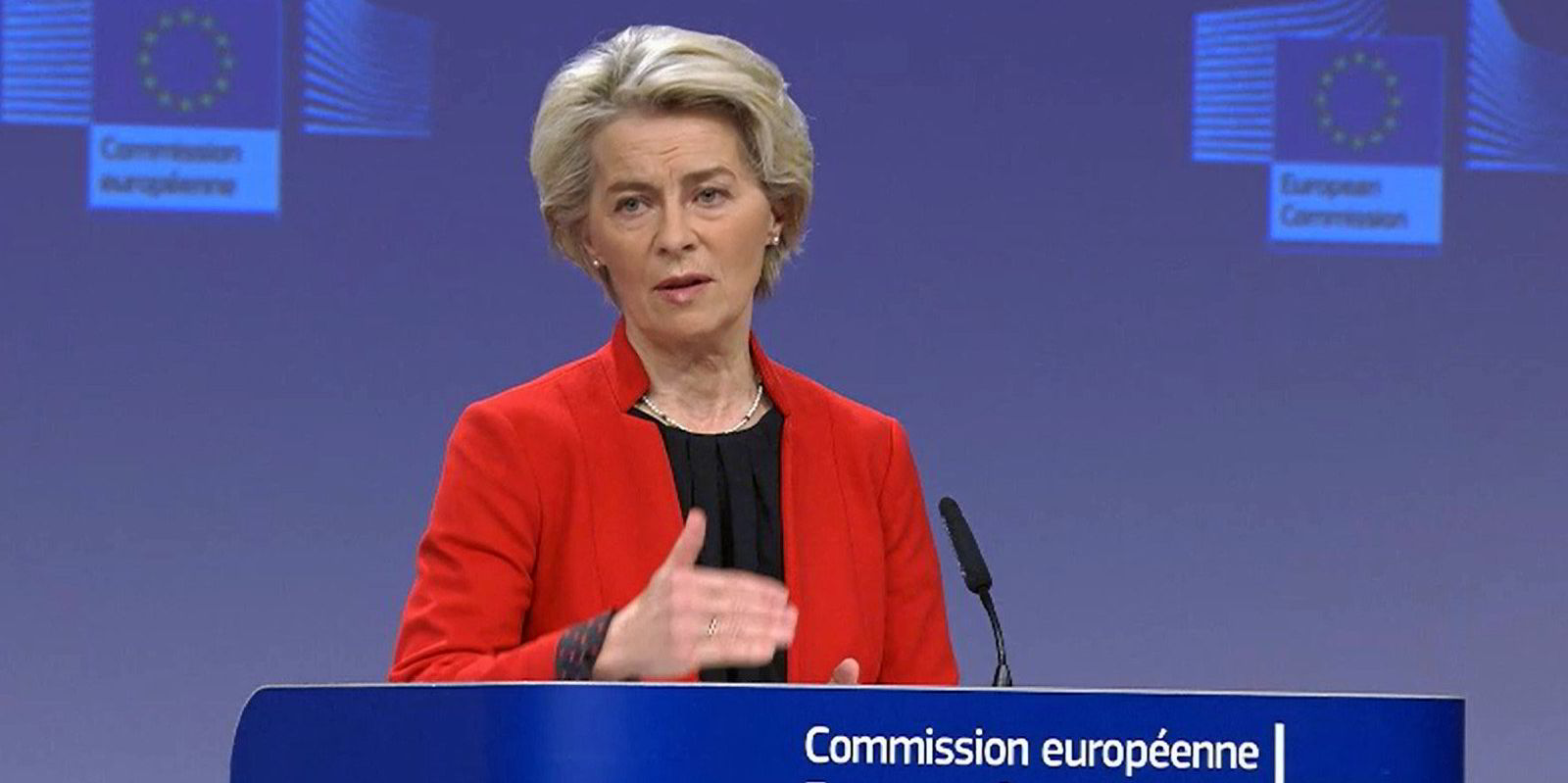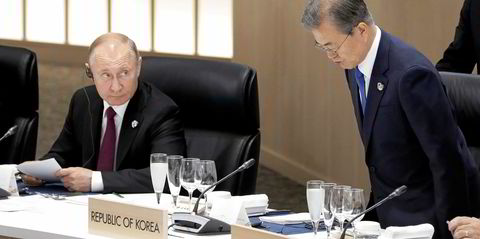AP Moller-Maersk has “mountains to climb” to procure the green methanol it needs, head of energy transition Morten Bo Christiansen concedes.
The Danish liner giant makes no secret of the fact that supplies of green methanol fall short of what is needed to power even its own fleet — let alone the 100 or so dual-fuel methanol container ships that have been ordered by rivals.
Others point to the enormous cost that it is paying to pioneer green methanol.
Maersk is forking out a whopping $2,500 per tonne to procure the green methanol for the maiden voyage of the 2,100-teu dual-fuel vessel that will be formally named on 16 September by European Commission president Ursula von der Leyen.
That puts green methanol at more than four times the cost of very low-sulphur fuel oil, according to bunker sources.
Such challenges explain why Maersk was forced to turn to Dutch supplier OCI Global this month to procure biomethanol for the maiden voyage of the methanol-propelled boxship.
The carrier had initially planned to run the feeder vessel on e-methanol produced by European Energy, but that was delayed by the need for a permit for the production facility in southern Denmark.
Now the vessel is being provided with certified biomethanol at ports in Busan, Singapore, Port Said and Rotterdam.
Other fuelling solutions will need to be found before e-methanol produced by European Energy comes on stream in the first half of 2024, then the vessel will be run on green methanol for the next decade, Christiansen said.
Bigger challenge
The greater challenge Maersk faces will be securing green methanol for at least some of the 18 larger newbuildings of 16,000 teu each under construction at Hyundai Heavy Industries.
Costing an average of about $180m apiece, the vessels are due in 2024 and 2025.
Failure to procure green fuel by then would mean some of the vessels may ultimately have to be run on conventional bunker fuel oil.
“That’s a very concrete decision we will have to take within the next year, because these bigger ships will start to arrive,” Christiansen said.
He told a webinar that Maersk had, however, “never expected to get enough methanol from day one”.
“When we announced this first vessel, we talked to fuel suppliers on four or five continents to get fuel by this summer. We didn’t find anyone who could do that,” he added.
However, Maersk has not made its supply position any easier through its determination to burn only green methanol.
Burning grey methanol made from fossil fuel feedstock is a non-starter for the company. But blue methanol — a process involving carbon capture and storage — is also deemed unsuitable.
Maersk feels compelled to use green methanol, or else it could not provide shippers with the certification they need to prove they have abated emissions in their supply chains, Christiansen said.
Maersk has aligned its carbon threshold with European Union legislation over what constitutes a green fuel, Ingrid Marie Vincent Andersen, head of energy transition sustainability, explained.

That stipulates that biofuels should provide a 65% to 70% reduction in greenhouse gases compared with fossil fuels.
Despite the challenges, the carrier expects to have enough green methanol by the end of the decade, according to Emma Mazhari, head of Maersk’s Singapore-based team in charge of green sourcing and portfolio management.
That will be facilitated by the dramatic increase in the number of methanol dual-fuel container ships ordered in the past year by its competitors.
Around 18% of the boxship orderbook is methanol dual-fuelled, which will drive demand.
“It’s no longer whether there will be a market, it’s how quickly we can scale [up the supply of green methanol],” Mazhari said.
Christiansen added that the changing regulatory environment will help, with a carbon tax in Europe expected to drive down the cost of the green premium and tax breaks for green projects in the US.
“This is not a chicken-and-egg situation any more,” he said. “It’s about fuel supply, scaling and getting costs down.
“We do have mountains to climb. We are seeing different production pathways, we are seeing even hybrids between some production pathways.
“The one thing it has to have in common is it needs to be green methanol.”






